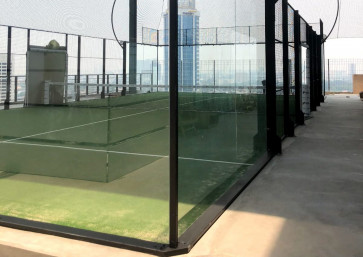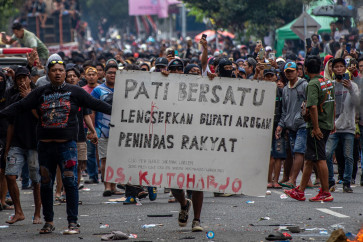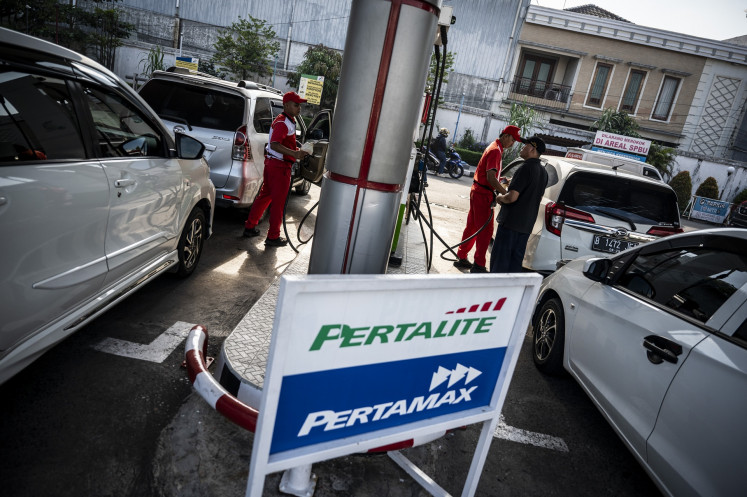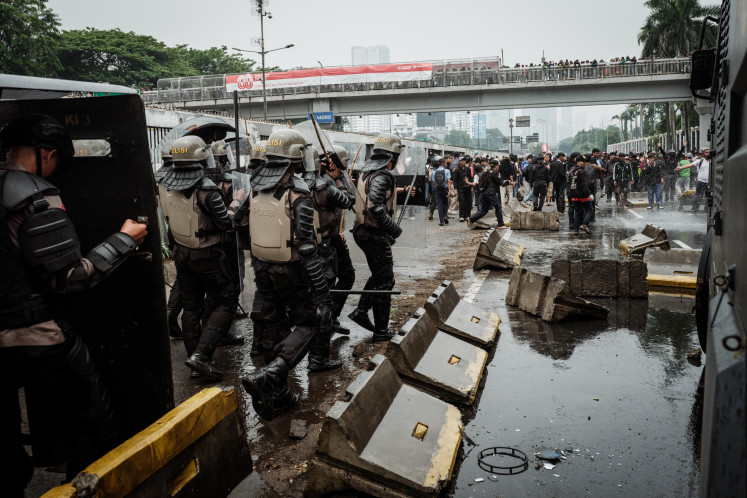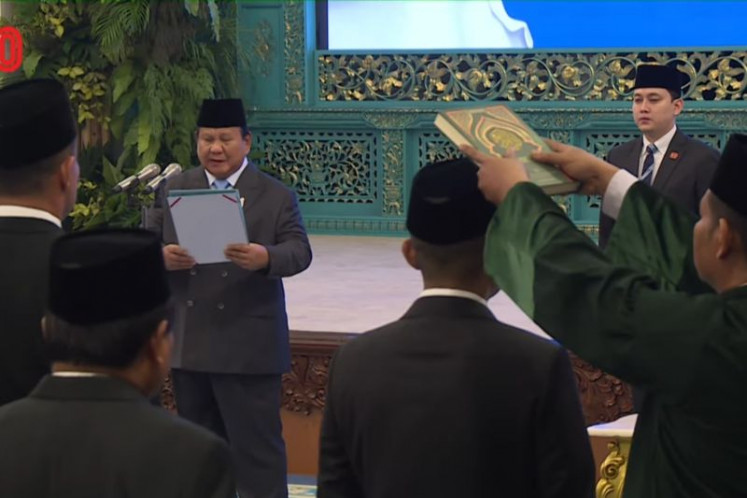Popular Reads
Top Results
Can't find what you're looking for?
View all search resultsPopular Reads
Top Results
Can't find what you're looking for?
View all search resultsRising participation among Chinese-Indonesians: What’s next?
Change text size
Gift Premium Articles
to Anyone
T
he General Elections Commission (KPU) has finished its Jakarta election real count and there’s good news: Voter turnout in the capital increased to 77.1 percent.
According to KPU data, turnout in the 2014 presidential election reached 72.3 percent in Jakarta alone, while in the first round of the 2012 Jakarta gubernatorial election, turnout hovered at 63.5 percent.
The turnout in 2017 — in which Agus Harimurti Yudhoyono, Basuki “Ahok” Tjahaja Purnama, and Anies Baswedan competed — surpassed the 70 percent target set by KPU Jakarta.
I checked KPU data and compared voter turnout in 2017 with 2014 in subdistricts, some known as Chinatowns like Glodok and Mangga Besar. I also randomly checked non-Chinatown subdistricts such as Gedong in Pasar Rebo and Pulo Gebang in Cakung, East Jakarta. The increase occurred across the board, not only in neighborhoods with many Chinese-Indonesians — whose political participation draws more interest as they have traditionally shunned politics since the New Order.
This year, however, anecdotal evidence indicates changes: Video of Chinese-Indonesians making a bee line in a polling station showed some were adamant to vote. A rare sight indeed.
Samples from KPU data confirmed rising participation among Chinese-Indonesians. For example, in 2014 voter turnout in Glodok, West Jakarta, was 67.9 percent and in 2017 rose to 75.2 percent (where Ahok gained 89.7 percent and Anies 6.7 percent). In Mangga Besar it was 64.1 percent in 2014 and 76 percent in 2017 (Ahok 73.4 percent and Anies 18.1 percent). In Pluit it was 71 percent in 2014 and 76.8 percent in 2017 (Ahok 77.8 percent and Anies 14.4 percent).
In non-Chinatowns like Gedong in Pasar Rebo, East Jakarta, it was 75.6 percent in 2014 and 84.3 percent in 2017 (Anies 41 percent, Ahok 39.7 percent). In Pulo Gebang, it was 74.5 percent compared to 78.5 percent in 2017 (Anies 39.4 percent, Ahok 37 percent). This shows the increase did not happen only in neighborhoods with high numbers of Chinese-Indonesians, but what interests me more is the rising participation among Chinese, Indonesians, because of personal reasons.
I am a Chinese-Indonesian and I have been political since I went to the School of Social Political Sciences at Gadjah Mada University in Yogyakarta.
In 1998 I distributed my own publication, made using Rp 500,000 of my own savings. Named Langkah Bergerak (Steps in Motion), it was a modest black and white newsletter and the cover story was titled “Waiting for the Awakening of Chinese Indonesian Young Generation”. Inside was an interview with Alexander Irwan, who had just finished his PhD in the United States. The title of the Q&A was his quotation: “Political education for Chinese Indonesians urgent.”
The publication was a success (in small circles) except for the one distributed among my own confused friends in my hometown, Bandung. One said: We are Chinese, Indonesians, don’t talk politics, it’s not for us.
Twenty years later, my ex-high school friends frequently share memes about Ahok, a Christian and Chinese-Indonesian governor, in our WhatsApp group.
The high voter turnout was just one facet of participation because I learned that apparently many voters, including Chinese-Indonesians, went to the polling stations on Feb. 15 bearing only their ID without first checking whether their names were on the final voter list; and if they were not on the list and did not get an invitation letter to vote, they should have obtained a document from the KPU. So many went to the polling stations without caring about the process behind it.
Sharing political memes and showing up on voting day is a good sign of ethnic Chinese political participation. However, what I had in mind about our political participation 20 years ago was not quite the same as idolizing a politician, even if he is Ahok; and not the same as voting without ensuring the election goes smoothly by volunteering some of your precious time to at least care about the process, flawed or perfect.
Political participation means you are involved and if the system is flawed you criticize it and offer a solution. Showing up on voting day is only a small part of political participation.
In our interview on the elections with a political scientist, Dirga Adiansa from the University of Indonesia, he said there was nothing substantial about promoting your own politician on social media. Democracy, he said, should be about mapping common problems, aggregating citizens’ interests and demanding them to our leaders. In short, be critical.
So what’s next? Should we celebrate rising voter turnout among Chinese-Indonesians? Not just yet.
I checked my modest publication from 20 years ago. Opinionated, idealistic and naïve, I had written on the back of Langkah Bergerak: “Stop being a victim! No one is free as long as there is oppression, toward anyone, Chinese [Indonesian] or not.”
Chinese-Indonesian political participation should move beyond the interests of only Chinese-Indonesians. It should be about justice for all, regardless of ethnicity.


